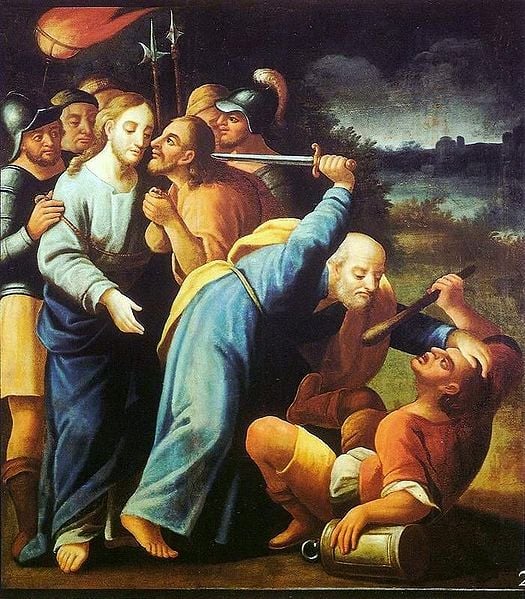Few people are brave enough to publish their diary, and yet that is what Aleesa Sutton has done in Diary of a Single Mormon Female. Starting with a recent singles adult activity that Sutton jokingly describes as a savanna, full of competing lionesses but low on prey (I’ll just note that I’ve met many desperate-for-marriage LDS men, so I do not support this stereotype), Sutton then retraces the steps that have brought her to where she is today:
“Mormon and still single at the ripe old age of thirty-two,” Sutton explains, “I am more or less a failure and disgrace to my religion. Well, that’s not actually true. But that’s often how it feels.”
By the end of the book Sutton’s perspective has shifted from the lovesick little girl who first wrote in a diary, to a woman who recognizes the nuance and complexity of a goal that once seemed as simple as saying “yes” to dates. As honest and brave as some of Sutton’s journal entries are, I find myself most interested in the recommendations she makes for ways that we can develop a more supportive church culture, especially for singles.
“There are a lot of singles slipping through the cracks,” she points out. “I wonder if so many would if they knew they were seen and cared about by the members of their wards.”
It’s no secret that many single members slip through the cracks. It’s the reason bishops and stake presidents sometimes cite for requiring single members who have not served missions to wait until they turn 25 before receiving their endowment: if you’re single you’re more likely to leave, and if you leave we’d rather you leave without making this covenant, the logic goes.
In other cases, marriage seems to be the accepted solution to singles leaving the church. And in the quest to marry off its singles, the church goes to some admittedly great lengths. While singles wards and singles branches sound commonplace to those within the faith, I find friends outside the faith surprised when I describe how entire congregations are organized around marital status.
While the singles ward structure may work for those who stay in those wards for a few years and then marry and move on, is it truly the best long-term congregation for those of us who don’t marry young, or for those who have divorced? Church policy attempts to alleviate the problem by allowing singles to choose a family ward instead if they prefer, but in many regions family wards essentially shove singles out the door.
When I moved to a new state for grad school, for instance, every member I met at the family ward I wanted to attend either asked why I wasn’t attending the student branch or even told me that I should be attending that branch, as if the decision were not my own. No matter how well they meant, or how much I’ve come to love that student branch, I felt unwelcome. So like Aleese Sutton, I wonder if there’s more that we can do within church culture to make all people feel welcome, especially singles.
It’s an issue I’ve written about before, with my own recommendations, but I appreciate the simplicity of Sutton’s request for members of family wards to simply remember to talk to singles. To say ‘hi’ to singles and sit next to them, and even invite them over for dinner on occasion. In short, to treat singles like fellow children of God.











